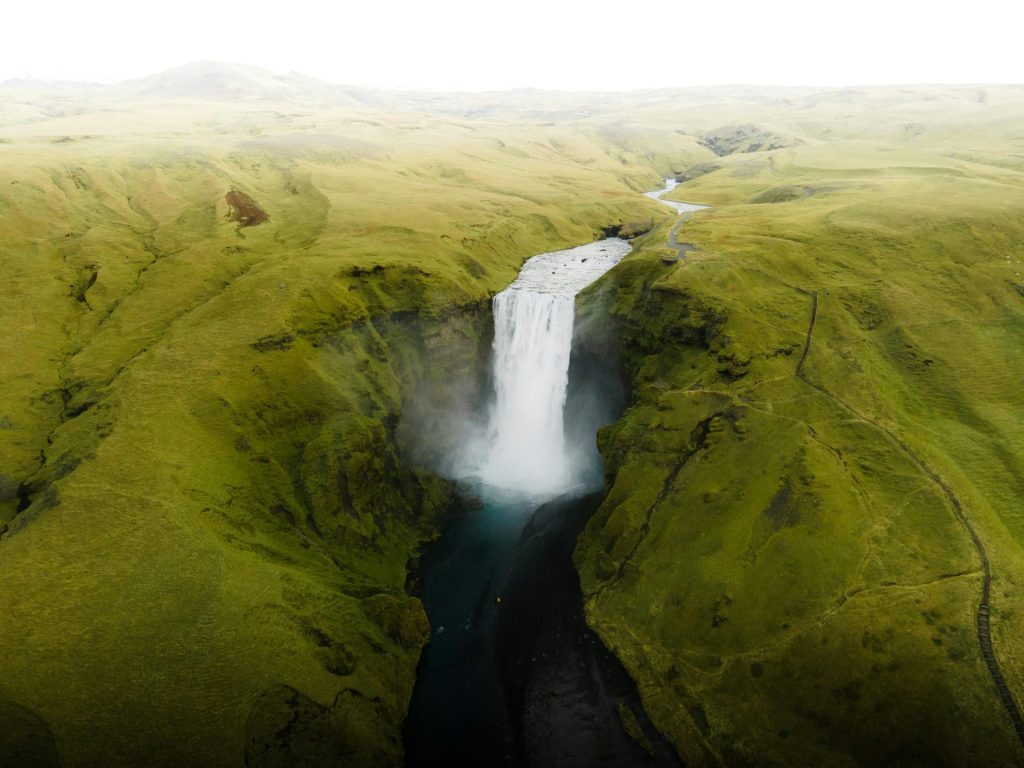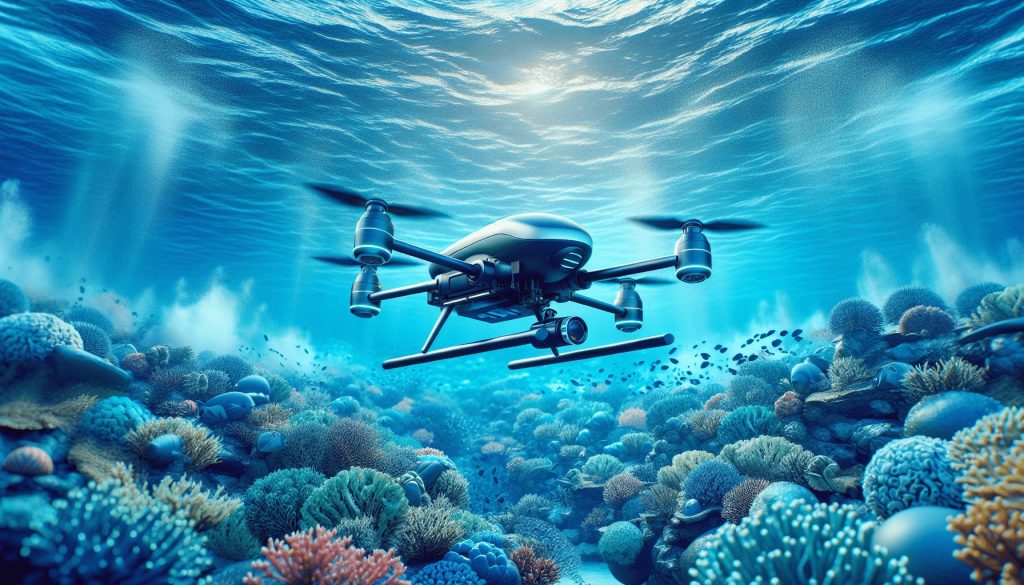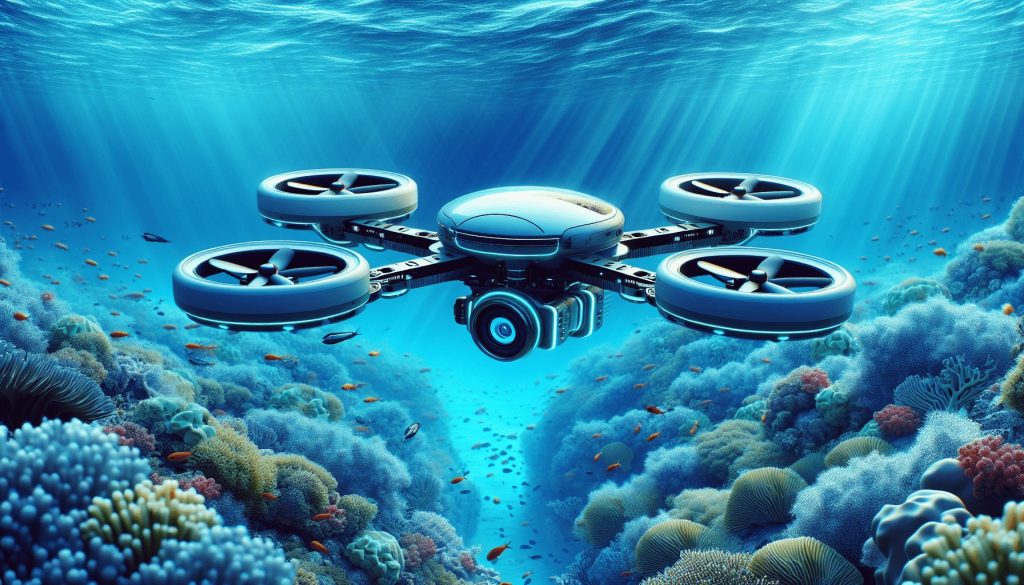Physical Address
304 North Cardinal St.
Dorchester Center, MA 02124
Physical Address
304 North Cardinal St.
Dorchester Center, MA 02124


This post may contain affiliate links. As an Amazon Associate, we may earn commissions from qualifying purchases.
Have you ever wondered what kinds of underwater drones exist and how they differ from each other? Underwater drones, also known as Unmanned Underwater Vehicles (UUVs), have transformed the way we explore and interact with the underwater world. Whether you are an enthusiast, a researcher, or simply curious, understanding the various types of these fascinating devices can open up a whole new perspective on underwater technology.
Before diving into the different types of underwater drones, it might be helpful to understand what they are and why they are so important. Underwater drones are submersible devices that can operate without a human on board. They are used for various applications, including marine research, underwater surveying, and even recreational activities.
The use of underwater drones spans various fields and industries. Here are a few applications:

There are several types of underwater drones, each designed for specific functions. The main categories include Remotely Operated Vehicles (ROVs) and Autonomous Underwater Vehicles (AUVs).
ROVs are tethered underwater robots controlled by an operator from the surface. These drones are connected to the operator via a communication cable, which transmits control signals and sends back video footage. ROVs are known for their versatility and are often used in deep-sea exploration and industrial applications.
ROVs are employed in a range of settings, from underwater welding to exploring shipwrecks. Here are some specific examples:
Unlike ROVs, AUVs operate independently of human control. These drones are programmed with specific tasks and use onboard sensors and software to navigate their environment. AUVs are ideal for long-duration missions where constant human control is not feasible.
AUVs are particularly useful in situations that require extensive data collection or monitoring over large areas. Some applications include:
| Feature | ROVs | AUVs |
|---|---|---|
| Control | Operator-controlled | Autonomous |
| Connectivity | Tethered | Untethered |
| Real-time Operation | Yes | No (pre-programmed) |
| Common Use | Industrial inspection, deep-sea research | Long-term data collection, environmental monitoring |
| Battery Life | Limited by tether | Typically longer than ROVs |

Beyond ROVs and AUVs, there are specialized underwater drones that cater to specific needs. Let’s take a look at a few of these:
Hybrid underwater vehicles combine the features of ROVs and AUVs, offering the best of both worlds. They can operate autonomously like AUVs but also include a tether for real-time control when needed.
Underwater gliders are a specific type of AUV that use buoyancy and wings to glide through the water. They are highly efficient and are often used for long-term oceanographic surveys.
For those more interested in recreational use, there are consumer-grade underwater drones available. These are typically less advanced than industrial models but still offer exciting features for underwater exploration.

If you’re considering acquiring an underwater drone, it’s important to know what factors to consider to make the best choice. Here are key elements you should evaluate:
Determine the main use of the drone. Are you a researcher needing to collect data, or are you a hobbyist interested in underwater photography?
Decide whether you need real-time control via a tether (ROV) or if autonomous operation suits your needs better (AUV).
Your budget can significantly influence your choice. Industrial and research-grade drones are generally more expensive compared to consumer-grade models.
Consider how long you need the drone to operate. AUVs typically offer longer battery life, making them suitable for extended missions.
Think about who will be operating the drone. Some models are more user-friendly than others.
Different drones offer varying levels of data collection capabilities. Ensure the model you choose meets the requirements of your tasks.
Evaluate the durability and build quality, especially if the drone will be used in harsh environments.

The technology behind underwater drones continues to evolve rapidly. Advances in artificial intelligence, battery technology, and materials science are pushing the boundaries of what these devices can do. Imagine a future where underwater drones are as common as aerial drones, helping us to understand and protect our oceans better than ever before.

From tethered ROVs to autonomous AUVs and specialized hybrids, the world of underwater drones is incredibly diverse and fascinating. These innovative devices have far-reaching applications, from scientific research to recreational use, and they continue to evolve, promising even more exciting developments in the future.
Understanding the different types of underwater drones can help you make informed decisions, whether you are looking to buy one for personal use or plan to incorporate them into professional projects.
So, the next time you think about the underwater world, imagine the possibilities that these incredible drones bring to ocean exploration and beyond.